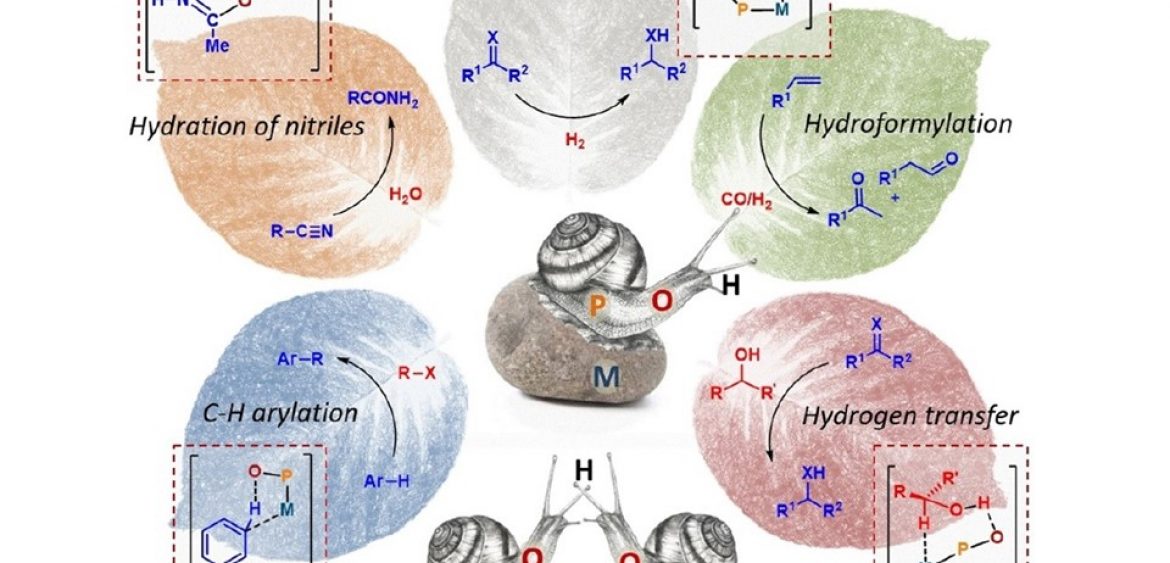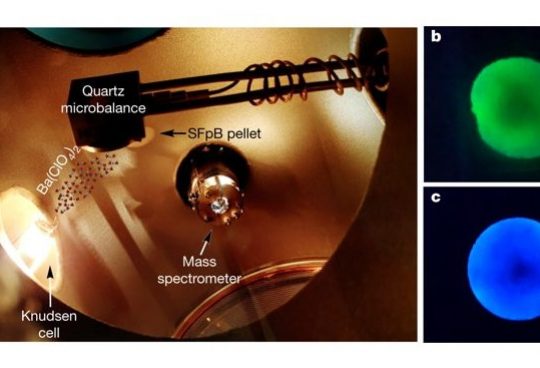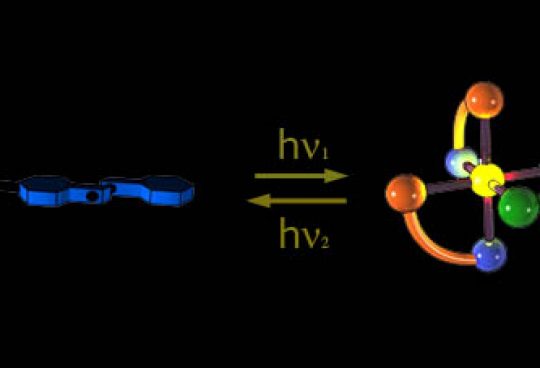Minireview on the role of SPOs in catalysis.
Abstract. Metal complexes of secondary phosphine oxides (SPOs) were introduced as homogeneous catalysts in the 1980s for hydroformylation and hydrogenation with platinum as the metal. As neutral species, the ligand properties resemble those of the corresponding tertiary phosphines as was shown in the coordination chemistry developed in the 1970s, but the participation of the OH in bonding and reaction mechanisms provides them with a peculiar additional function. While this was already proposed and recognized in the first publications, it took a while before this found wider appreciation. Meanwhile, SPOs have become popular ligands for homogeneous catalysts, and more recently also for catalysis based on metal nanoparticles. Here we review the relatively small number of publications that pay attention to SPOs as bifunctional ligands. Metal complexes of secondary phosphine oxides (SPOs) were introduced as homogeneous catalysts in the 1980s for hydroformylation and hydrogenation with platinum as the metal. As neutral species, the ligand properties resemble those of the corresponding tertiary phosphines as was shown in the coordination chemistry developed in the 1970s, but the participation of the OH in bonding and reaction mechanisms provides them with a peculiar additional function. While this was already proposed and recognized in the first publications, it took a while before this found wider appreciation. Meanwhile, SPOs have become popular ligands for homogeneous catalysts, and more recently also for catalysis based on metal nanoparticles. Here we review the relatively small number of publications that pay attention to SPOs as bifunctional ligands.
To access this publication click here.









Sorry, the comment form is closed at this time.